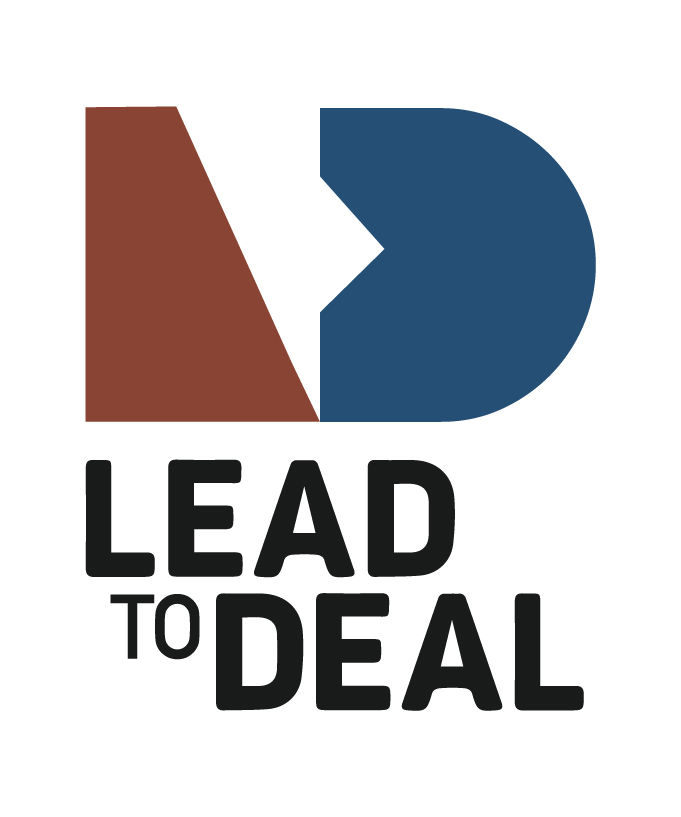After a proposal is presented, the client begins to assess not only the details of the offer but also the approach and values of the service provider. The proposal serves as a starting point—a framework that can be refined through further discussion. Through a series of communications, both parties have the opportunity to address any uncertainties, adjust details, and better align the proposal with the client’s strategic goals. This process reassures the client that the provider is committed to understanding and addressing their unique requirements.
Personal meetings play an essential role in this phase. For instance, consider a technology solutions provider who invites key decision-makers from a manufacturing company to visit their facility. During these meetings, the provider can offer a behind-the-scenes look at their operations and demonstrate how their technology integrates with the client’s needs. Such direct interactions allow the client to see firsthand the commitment and expertise of the provider. Moreover, face-to-face meetings foster a level of personal connection that is difficult to achieve through emails or phone calls alone. This personal touch can be the decisive factor in building trust and moving the relationship forward.
Equally important is the practice of providing constant feedback. Take, for example, a business consultant working with a mid-sized enterprise that is planning a market expansion. After the initial proposal, the consultant schedules regular meetings to discuss progress, answer questions, and gather the client’s input. These ongoing sessions help to keep the process dynamic and ensure that any concerns are addressed promptly. In one case, when the client questioned the scalability of the proposed solution, the consultant was able to offer detailed examples and a revised plan that clearly demonstrated the solution’s capacity for growth. This consistent feedback loop not only improves the proposal but also reinforces the provider’s commitment to the client’s success.
Demonstrating clear interest is another key factor in nurturing the relationship. When a provider goes beyond the basics by offering additional industry insights or relevant case studies, it sends a clear message: the provider is genuinely invested in the client’s business. For example, a consulting firm might follow up a proposal with a detailed market analysis that highlights recent trends and potential challenges specific to the client’s industry. Sharing such targeted information shows that the provider has taken the time to understand the client’s environment and is prepared to offer customized solutions. This level of engagement can significantly boost the client’s confidence in the provider’s expertise and dedication.
Despite the many benefits of this approach, several challenges may arise after the proposal is shared. One common difficulty is maintaining momentum. Decision-makers are often juggling multiple priorities, which can lead to delays or gaps in communication. Misunderstandings or unresolved concerns can also hinder progress. To overcome these challenges, it is essential to maintain regular and clear communication. Providers should be proactive in setting up follow-up meetings and remain flexible in adjusting the proposal as needed. A commitment to ongoing dialogue helps prevent delays and ensures that the process continues smoothly.
In summary, the period following the submission of a proposal is a vital stage in establishing a strong and enduring business relationship. Personal meetings provide the opportunity to demonstrate capability and build a personal connection, while regular feedback sessions ensure that the proposal evolves in line with the client’s needs. Moreover, clear demonstrations of interest signal to the client that the provider is truly invested in their success. By addressing challenges with proactive communication and a willingness to adjust, service providers can transform a simple proposal into a foundation for long-term business success.



